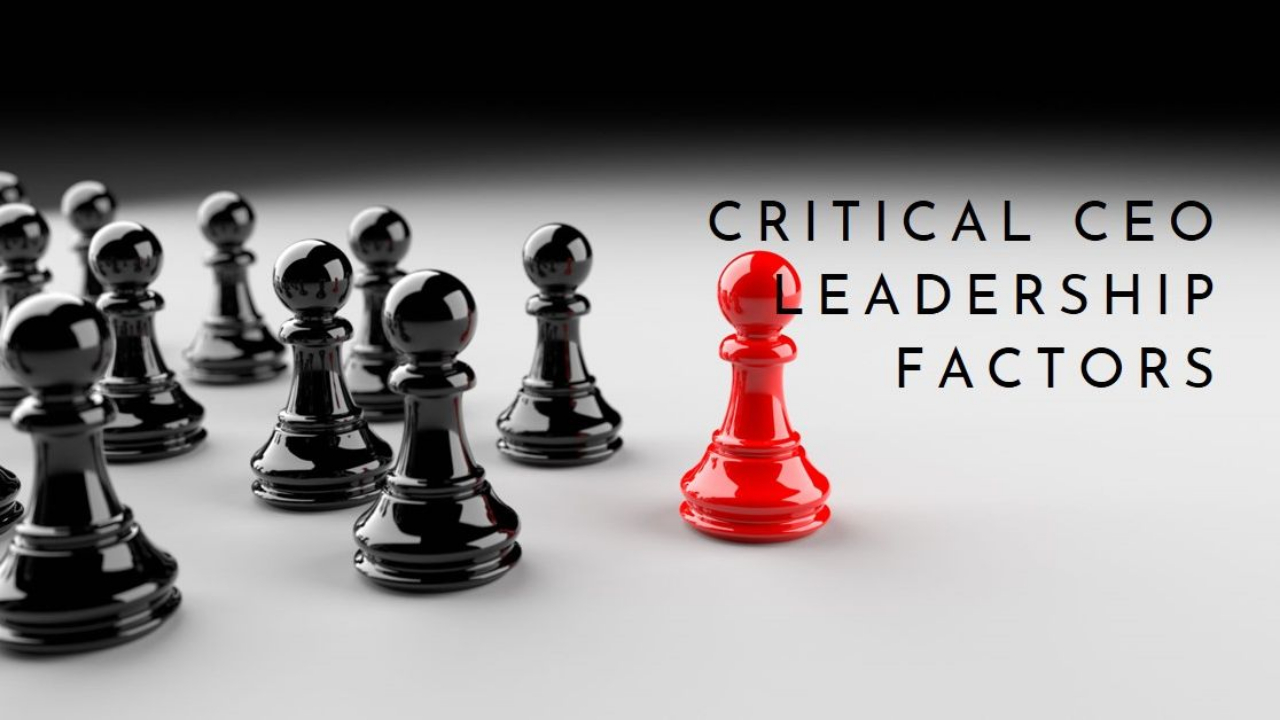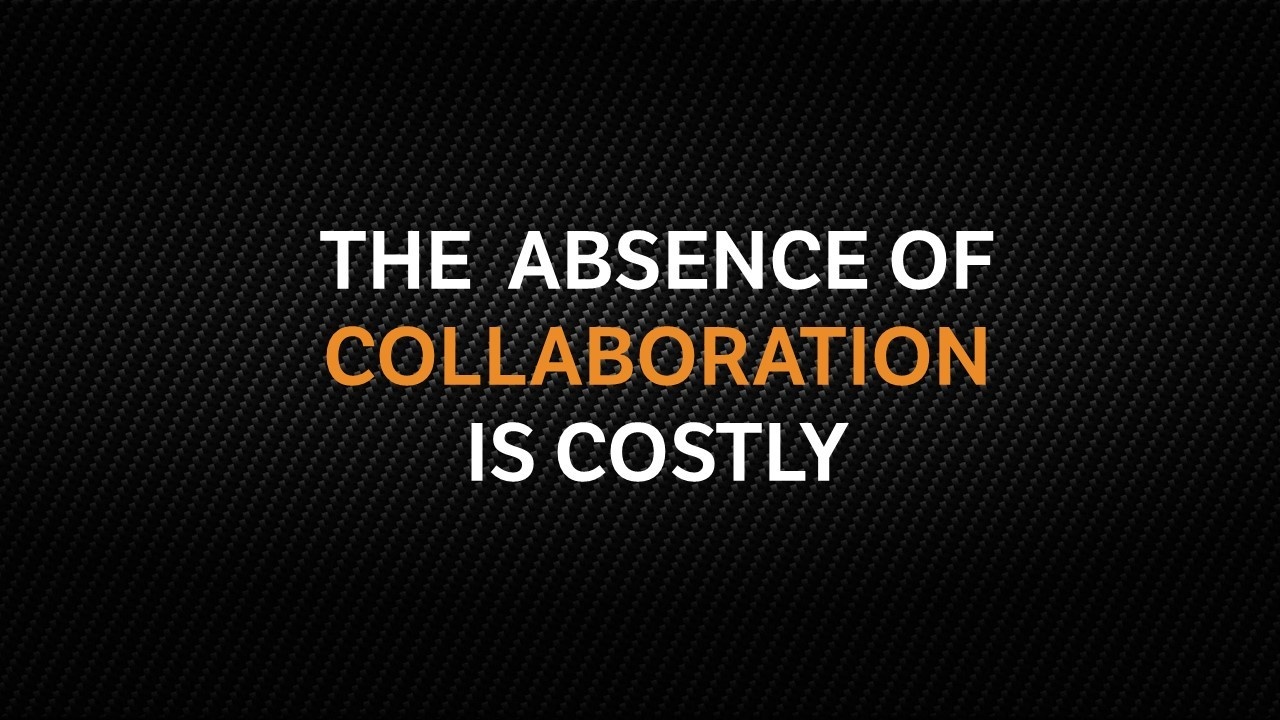The Problem with Leadership Development
May 19, 2023
Self-leadership and the Physics of Success
Apr 29, 2023
Are We Doing Leadership Wrong?
Apr 19, 2023
The Most Powerful Leadership Phrase
Apr 08, 2023
International Women's Day 2023
Mar 08, 2023
The Absence of Collaboration is Costly
Sep 26, 2022
If You Value Harmony, you must read this…
Jun 12, 2022
7 Behaviors for Effective Leadership
May 20, 2022
Leadership Styles for the New Workplace
May 06, 2022














